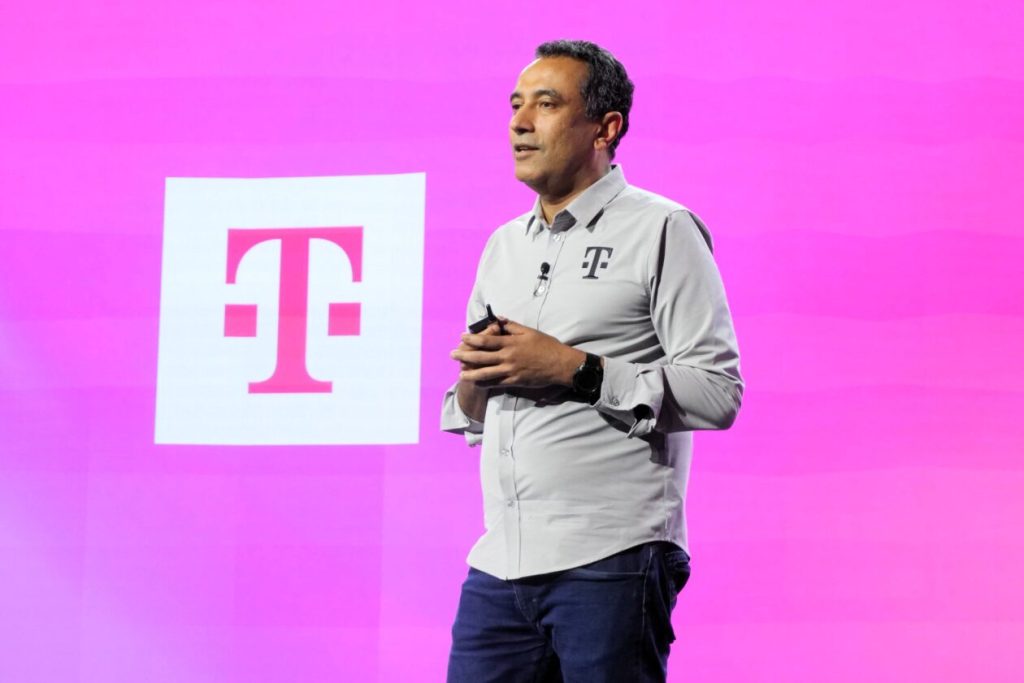T-Mobile’s Leadership Transition: Srini Gopalan to Succeed Mike Sievert as CEO
In a surprising announcement that marks a new chapter for one of America’s most transformative telecommunications companies, T-Mobile revealed that Chief Operating Officer Srini Gopalan will take the helm as CEO on November 1, 2024, succeeding Mike Sievert. This leadership transition comes at a time when T-Mobile stands at the pinnacle of its success, having evolved from an industry underdog to America’s largest telecom company by market capitalization. The announcement represents not just a changing of the guard but a strategic positioning for T-Mobile’s next phase of growth and innovation in an increasingly competitive wireless landscape. Sievert, who has been with the company for 13 years and served as CEO for the past five and a half years, will transition to the role of vice chairman and continue serving on the management team, providing strategic guidance to the company’s leadership.
Gopalan brings impressive credentials to his new role as T-Mobile’s CEO. The 54-year-old executive joined T-Mobile as COO in 2023 after serving five years on the company’s board. His prior experience includes leading Deutsche Telekom’s Germany business, where he achieved remarkable results—doubling growth and expanding the fiber network. Gopalan’s career also features senior leadership positions at major global companies including Vodafone, Bharti Airtel, and Capital One. This breadth of international experience in telecommunications and financial services positions him well to lead T-Mobile through its next evolution. When speaking about joining T-Mobile, Gopalan expressed being struck by the company’s passion and drive, acknowledging the remarkable achievements of previous leadership teams who succeeded despite having, as he put it, “one hand tied behind their back.” His outsider perspective combined with his insider knowledge gained from board service creates a unique leadership profile that blends fresh thinking with deep understanding of T-Mobile’s culture and strategy.
The timing of this leadership transition aligns with T-Mobile’s position of strength in the market. Once considered the scrappy outsider of the wireless industry—a distant fourth place when John Legere took over as CEO in 2012—T-Mobile has radically transformed its market position through its disruptive “Un-carrier” strategy and the game-changing merger with Sprint. These bold moves enabled T-Mobile to challenge industry giants with lower prices, network improvements, and innovative customer perks. Under Sievert’s leadership, T-Mobile has experienced phenomenal growth, expanding from fewer than 30 million customers to more than 130 million. In a CNBC interview following the announcement, Sievert characterized the transition as occurring during a “time of unbelievable success,” citing the company’s “greatest Q2 ever” and “greatest year of growth ever.” He even highlighted the recent iPhone launch weekend as the company’s biggest ever, with sales and customer switching rates both increasing by double digits compared to the previous year.
T-Mobile’s network quality has become a cornerstone of its competitive advantage. In June 2024, the company boldly declared its network the best in the nation, citing independent testing to support this claim. Speaking with GeekWire after that announcement, Gopalan emphasized the company’s mission of “liberating customers from false choices”—specifically, the perceived trade-offs between network quality and value. He expressed unwavering confidence in T-Mobile’s technological leadership extending far into the future, stating, “We are so far ahead, and we’re in such a good position to lead, not just in 5G but in 6G, as well.” This technological advantage stems from several factors, including T-Mobile’s early deployment of a 5G standalone core, its substantial spectrum holdings, and technical innovations such as uplink carrier aggregation at 2.5 GHz. This network superiority represents a profound shift from T-Mobile’s historical position as a budget carrier with coverage limitations.
Gopalan’s vision for T-Mobile centers on what he calls “truly unleashing the Un-carrier.” During his CNBC interview, he articulated that for years, T-Mobile’s disruptive potential had been constrained because it “hadn’t always had the best network.” Now, with network superiority established, Gopalan sees an opportunity to combine this technical leadership with “digital skills that are way superior to anyone else” in the industry. When pressed to elaborate on these digital capabilities, he highlighted the company’s advances in AI and automation that simplify various customer processes, including new tools designed to make switching carriers significantly easier. This technological approach aligns with his stated ultimate goal: “to bring the best of tech to make life incredibly easy for customers.” His vision suggests a continuation and perhaps intensification of T-Mobile’s customer-centric approach, now powered by cutting-edge digital capabilities.
This leadership transition at T-Mobile reflects the company’s remarkable journey from industry underdog to market leader. The succession from Legere to Sievert and now to Gopalan demonstrates a thoughtful leadership evolution that builds upon past successes while adapting to new market realities. Sievert’s decision to step down while remaining involved as vice chairman ensures continuity during the transition. Meanwhile, Gopalan’s international experience, technical knowledge, and fresh perspective position him well to guide T-Mobile through an era where network quality, digital capabilities, and customer experience increasingly determine competitive success. As the telecommunications landscape continues to evolve with advances in 5G, emerging 6G technologies, and increasing integration of AI and automation, T-Mobile’s leadership transition represents not just a changing of individuals but a strategic positioning for the company’s next phase of growth and innovation. The timing of this change—during a period of unprecedented success rather than crisis—reflects corporate confidence and strategic foresight that should reassure investors, employees, and customers alike.














